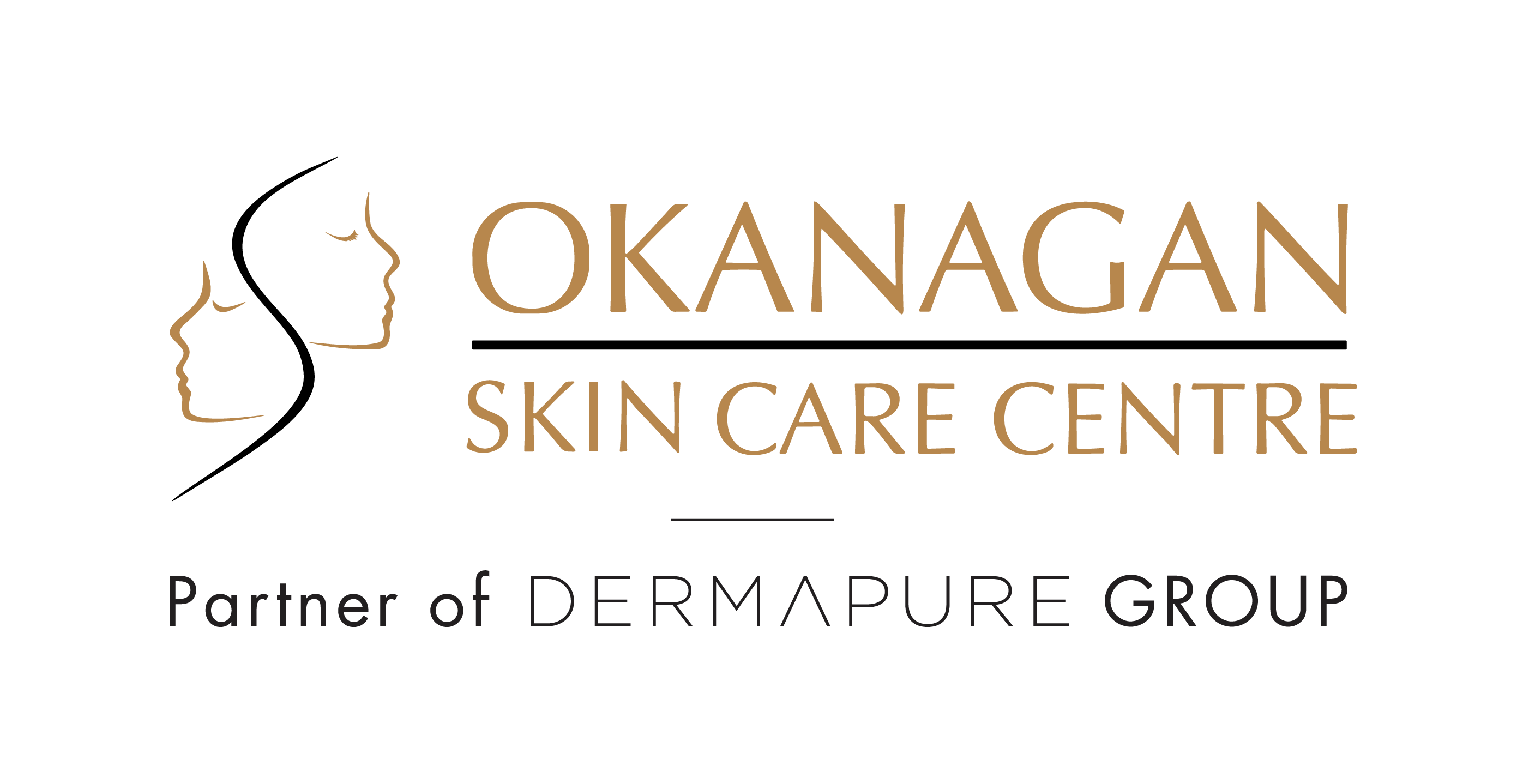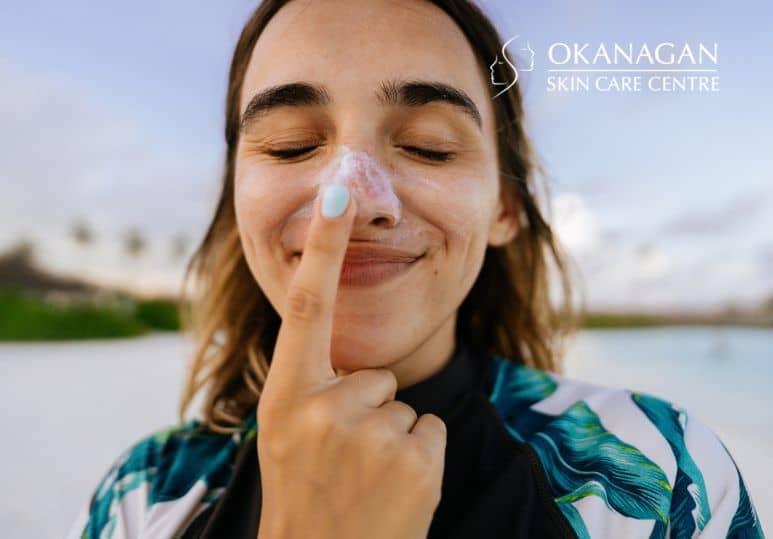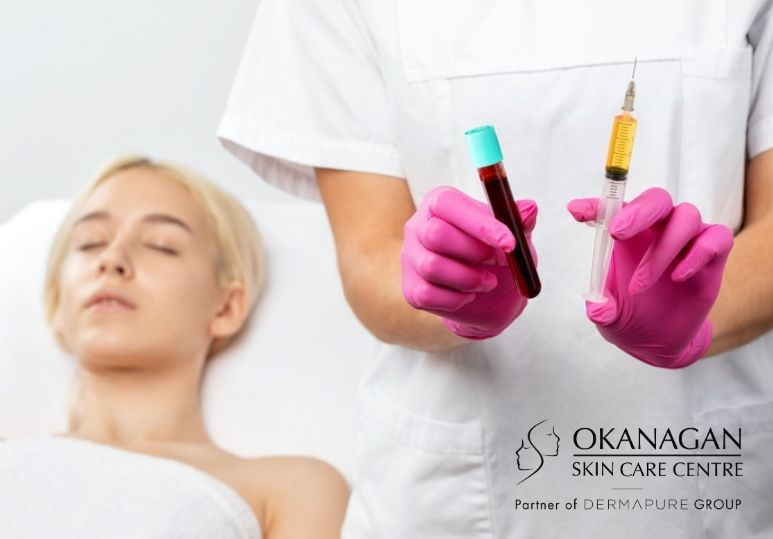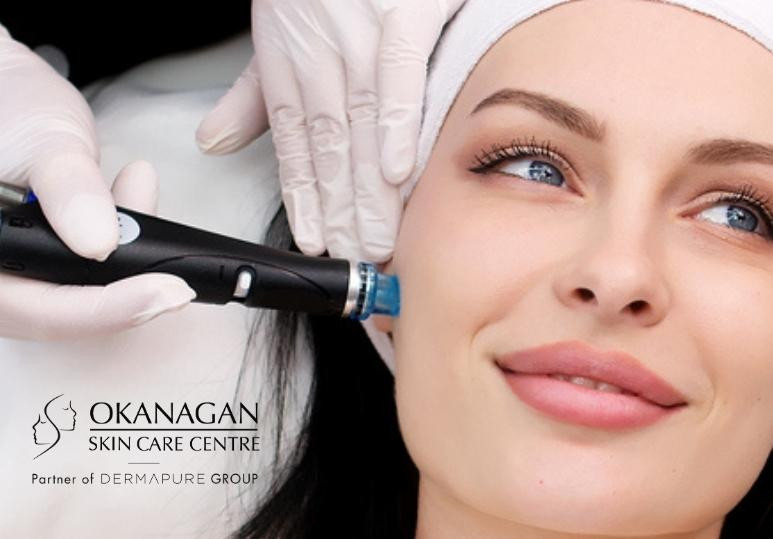What Causes Actinic Keratosis?
Actinic keratosis often develops if your skin has had excessive exposure to ultraviolet light. The spots can appear on anyone, however, they occur more often on those with fair skin, and those who are over 40. If you have thinning hair or a bald scalp, if you have had multiple sunburns during your life, and if you spend a lot of time outdoors, you could be at risk. If your immune system is weak due to a medical condition or medications, or you live close to the equator, the risk factor for developing actinic keratosis further increases.
Actinic Keratosis Symptoms
When it comes to the skin, it can be difficult to distinguish between noncancerous spots and cancerous sores. As with many skin conditions, actinic keratosis can present differently in every patient. So it's advisable to alert your doctor to any new skin changes for evaluation — especially if a scaly spot or patch persists, bleeds, or grows. Usually, the rough, dry, scaly patches appear to be a flat to slightly raised spot on the top layer of the skin, less than 1 inch in diameter. There are colour variations, such as red, pink, or brown, and the spots may have a hard, wart-like surface. The patches generally occur on sun-exposed areas of the neck, head, hands, and forearms, and can itch, burn, bleed, or crust.
Preventing Actinic Keratosis
The most important step you can take in preventing actinic keratosis is to minimize sun exposure and to protect your skin from harmful UV rays.
- Wear protective clothing such as a wide-brimmed hat or long sleeves, make a habit of seeking shade (especially between 10 am and 2 pm), and use a broad-spectrum UVA/UVB medical-grade sunscreen.
- Even on cloudy days, apply a sunscreen with a sun protection factor (SPF) of at least 30 and reapply every two hours.
- Keep in mind that the UV exposure from tanning beds can damage the skin just as much as a sun-acquired tan.
If you have a history of unprotected UV exposure, live in a sunny location, or have other risk factors, be on the lookout for any unusual changes in your skin. At least once a month, check your skin for lesions that persist, grow, or bleed. Check for new skin growths or changes in existing moles, freckles, bumps, and birthmarks. If you notice any warning signs, see a dermatologist, and if you have previously been diagnosed with actinic keratosis it is advisable to book annual skin exams.
Taking Aim At Actinic Keratosis
Although actinic keratosis is considered a pre-cancerous skin condition, it is extremely treatable. At Okanagan Skin Care Centre, we provide technologically advanced treatments that can treat and help to heal actinic keratosis. One option is to target lesions with a Levulan (aminolevulinic acid) application and non-invasive Blue Light Photodynamic Therapy (Blu-U). Another non-invasive, non-ablative therapy we use is Fraxel 1927. This safe, predictable laser treatment penetrates deep into your skin to stimulate rapid growth of new, healthy skin cells from the inside out.
Identifying and treating abnormal skin growths is vital to your health and wellness. If you are concerned about your skin health, book a consultation today with one of our expert skin care specialists by calling (250) 868-9290 or through our contact form.
FAQ
Q: How do you diagnose actinic keratosis?
A: Actinic keratosis lesions are often easier to feel than see. If your skin feels rough, dry, sensitive, itchy, or painful, you could have the condition. The sores can be persistent, appearing or reappearing in the same location, can bleed, and often feel inflamed. If your skin care specialist finds it difficult to determine if a spot may be cancerous, the lesion may be biopsied by removing a small area of skin for microscopic examination.
Q: Is actinic keratosis treatment with Blu-U & Levulan painful?
A: You may experience some mild burning if aminolevulinic acid is applied to your skin, but other than that, the treatment is relatively painless. A bit of discomfort or redness is usually experienced after the procedure.
Q: What can I expect after a Fraxel 1927 treatment?
A: In most cases, our patients experience some redness and mild swelling for the first few days post-treatment. This will be followed by some exfoliation of the outermost layer of your skin as your skin cells begin to heal and rejuvenate, revealing a smoother, healthier, and newer skin surface 1-3 weeks after your treatment.
- After these treatments, you may be advised to:
- Stay out of the sun/bright light for 24 hours
- Take extreme care when washing your skin
- Apply sunblock with at least an SPF 30 rating for 7-10 days





.png)
